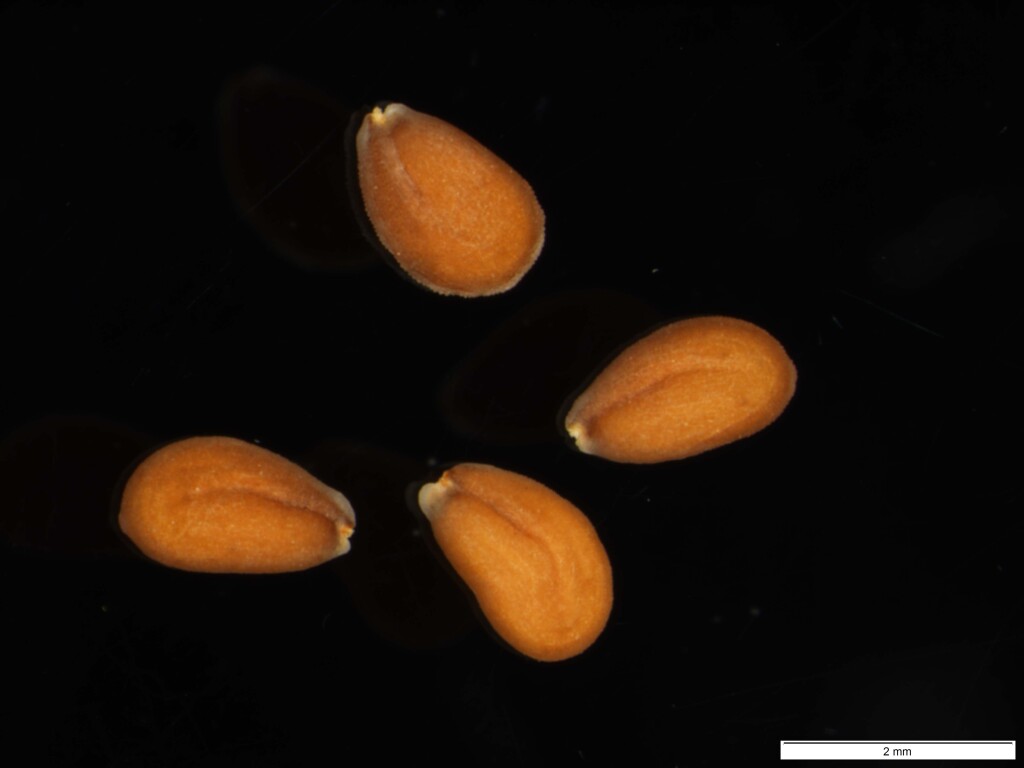Lepidium
Annual to perennial, herbs or shrubs, glabrous or with simple hairs. Leaves simple or pinnately lobed, entire or toothed. Inflorescence a raceme. Sepals erect to spreading, equal; petals variously shaped, sometimes absent; stamens 2, 4 or 6; ovary sessile or rarely stalked. Fruit usually spreading, squat (less than 3 times as long as broad), dehiscent or indehiscent, flattened at right angles to the septum, usually notched with the style either enclosed in or exserted from notch; valves strongly keeled, usually winged; seeds 1 (rarely 2) per locule.
150 species, cosmopolitan; in Australia, 39 endemic and 13 introduced.
Lepidium species have squat, flattened fruits with the septum across the narrowest diam., 1 seed per loculus and petals small or absent.
Two Northern Hemisphere species were at one time considered naturalized in Victoria. Lepidium sativum L. (Garden Cress) was once a not uncommon weed of Flax (Linum usitatissimum) crops and may be an occasional garden-escape, but it is doubtfully naturalized. The only confirmed report of Lepidium virginicum L. (Virginian Peppercress) from Victoria is from the Melbourne suburb of Ashburton in 1915. Two other species are listed by Willis (1973, p. 176) as being occasional introductions which have not become established: Lepidium aucheri Boiss. ‘as a transitory weed in flax crops’, and L. graminifolium L. which was collected from Kensington in 1937.
Plants similar in appearance to L. africanum, but with minute, decurved stem and branch hairs have been recorded in Melbourne and surrounds (ie. Yarra River, Beaumaris, Melton, Bacchus Marsh, Parwan, Toolern Vale). These may possibly be L. ecklonii Schrad.Ex Regel, which is native to South Africa, but further confirmation of their correct identity is required.
Entwisle, T.J. (1996). Brassicaceae. In: Walsh, N.G.; Entwisle, T.J., Flora of Victoria Vol. 3, Dicotyledons Winteraceae to Myrtaceae, pp. 399–459. Inkata Press, Melbourne.
 Spinning
Spinning



